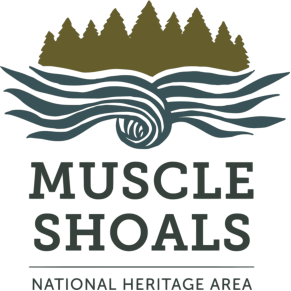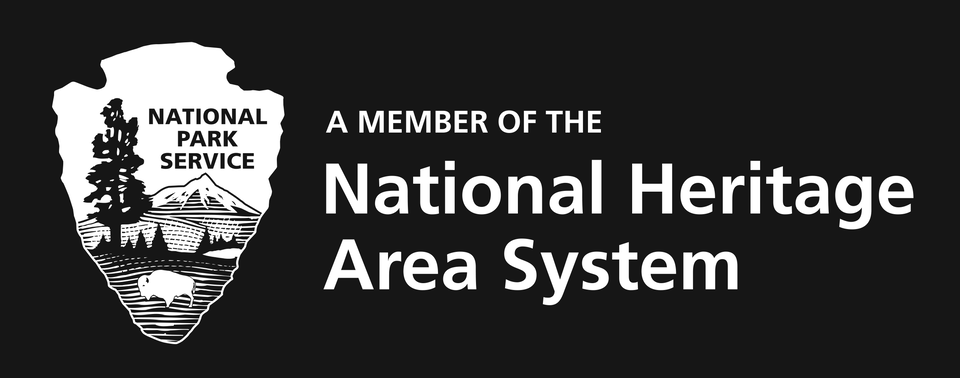History & Background
The Muscle Shoals National Heritage Area (MSNHA), hosted by the University of North Alabama with offices in Florence, was officially designated by Congress in 2009. The MSNHA spans the six counties of north Alabama’s Tennessee River waterbasin and was developed to help preserve the history of this region by focusing on three main themes: music, Native American heritage, and the Tennessee River.
About National Heritage Areas
The National Heritage Area (NHA) program, established by the Department of Interior and the National Park Service, recognizes regions throughout the U.S. with significant historical, cultural or natural features that help tell a national story of the country’s evolution. Congress designates National Heritage Areas, which must meet strict requirements. The MSNHA is one of 62 NHAs currently designated. For more information, visit the National Heritage Areas website.
Management Plan Documents
Please note that although these are labeled “draft,” they are the final and federally approved versions:
Appalachian Gateway Initiative Report
Designation Legislation
HR 1483 EH, Subtitle C — Muscle Shoals National Heritage Area


